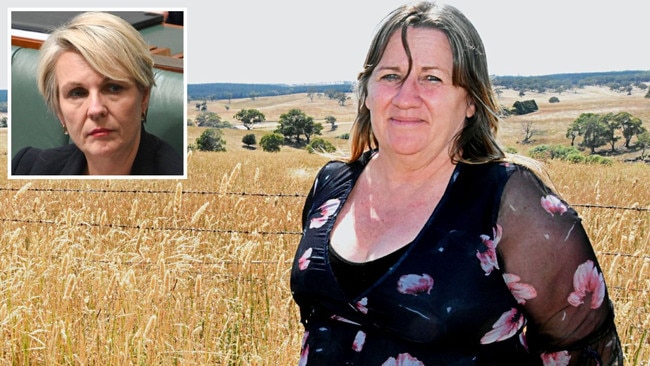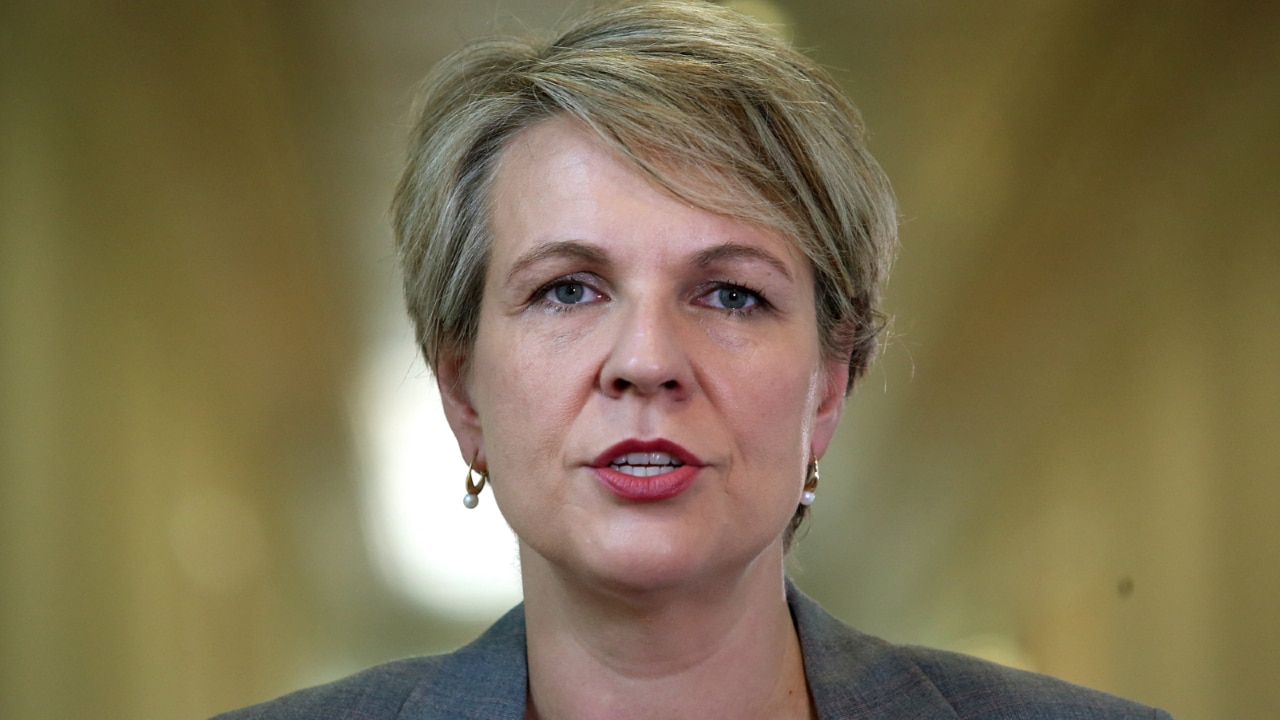‘Cultural significance of Gallipoli’: Indigenous group’s bid to have $1bn mine turfed
An Indigenous historian who helped spearhead a campaign that brought down the $1bn McPhillamys gold project said the proposed mine location should be treated with the same respect as the historical sites of ‘Gallipoli and Battle of The Somme’.

An Indigenous historian who helped spearhead a campaign that brought down the $1bn McPhillamys gold project in central NSW said the proposed mine location should be treated with the same respect as the historical sites of “Gallipoli and Battle of The Somme” because of the cultural significance of the frontier wars fought on the site in the 1800s.
It comes as the Regis Resources chief executive says the company is “shattered” by Environment Minister Tanya Plibersek’s 11th-hour decision to put an Indigenous protection order over the project, and questions “some of the perspectives that are being described” in opposition to the goldmine.
In a submission to the NSW government, Lisa Paton – a director of the dissident Indigenous activist group whose secret objections ultimately toppled the project – said the mine would cause “irreversibly detrimental impacts” to the cultural landscape of Kings Plains.
Ms Paton said the plains, near Blayney, were the site of “encounters” between “the Wiradjuri and European stockmen” in the early 1800s, which culminated “in the Bathurst Wars in 1824, and eventually the proclamation of martial law by governor Thomas Brisbane in late 1824”.
“The Kings Plain cultural landscape is significant for its contribution to our understanding of the shared history of Aboriginal people and European people and links to elders and ancestors past,” she wrote in the submission, obtained by The Australian. “It should be treated with the same respect as locations of other major historical battles such as Gallipoli and the Battle of the Somme, which postdate the frontier wars between the Wiradjuri and European people at Kings Plains, and similar conflicts that occurred in other parts of the NSW Central West region.”
Senior Wiradjuri leader Roy Ah See has criticised activists for blocking the mine, saying this week that, if the mine had the support of the local Aboriginal land council, that should have been “enough for the minister to listen to the recognised Aboriginal party”.

Ms Paton is one of four directors of the Wiradyuri Traditional Owners Central West Aboriginal Corporation that opposed the mine and convinced Ms Plibersek to make a Section 10 declaration to halt Regis’s plans to begin construction. Ms Plibersek has refused to disclose her reasons for putting an Indigenous protection order over the project, which she claims does not force Regis to axe the mine, but means it must build its tailing facility away from the Belubula River.
However, Regis says the entire project is now unviable, and told the ASX on Wednesday that jobs, royalties and taxes would all be lost, with the company writing off $192m of its value due to Ms Plibersek’s decision, which came after the project had passed all federal and state planning approvals.
In her submission to the NSW Department of Planning Industry and Environment, undated but understood to have been filed in late 2019, Ms Paton said the area had “direct links” to early governments and the “management of Aboriginal and early settler Australians” after colonisation.
“The management of the Kings Plains area was overseen by governor Thomas Brisbane, Major Goulburn – colonial secretary, Lieutenant Lawson, commandant and magistrate, judge John Wylde, Lieutenant George Thomas Palmer and Reverend Samuel Marsden, all significant individuals in Australian history,” she wrote.
“George Thomas Palmer being my 4 x great grandfather gives me a secondary connection … and I strongly believe the protection of this history and opportunity to further research the significance of Kings Plains to Australian political history should be ensured.”

Historian Stephen Gapps said the slaughter of Wiradjuri warrior Wyndradyne’s family in 1824 sparked the conflict between traditional owners and European settlers on the Kings Plains, eventually resulting in the declaration of martial law.
“All the pastoralists were … saying the government must step in,” Mr Gapps said. “They called it a war of extermination.”
Ms Paton was employed by the Orange Local Aboriginal Land Council in 2019-20, most recently as a natural resource manager.
Despite having initial reservations about the project, the OLALC has taken a neutral stance after its own heritage committee “truth-tested” claims about the negative impact of the McPhillamys project, finding “they could not be substantiated”.
“The proposed development would not impact any known sites or artefacts of high significance,” the land council wrote to the NSW Independent Planning Commission last year.
Ms Paton more recently joined the nonconformist Wiradyuri Traditional Owners group, which is registered with just 18 members, who list only their first names on the Office of the Registrar of Indigenous Corporations website.
She has long campaigned for the McPhillamys mine project to be axed.
In her 2019 submission, she also said she had “environmental concerns” about the impact the mine could have on “the Belubula River and on the waterways of Aboriginal communities downstream of the study area”.
“In essence, the proposed development will impact major and minor waterways which are sacred to the local Aboriginal community and other Aboriginal communities in the region and downstream,” she said.
Regis chief executive Jim Beyer on Thursday questioned Ms Plibersek’s decision, and said he was “not sure” how the tailings facility could be “considered to be an action that destroys the river”.
“The bigger concern for us is after years of work … and spending hundreds of millions of dollars, a decision can be made that overturned all of this and we really don’t know why,” he told an investor update conference call.
One of Ms Paton’s co-directors, Yanhadarrambal Uncle Jade Flynn, told the Central Western Daily last year the planned mine would disrupt and destroy significant Aboriginal cultural places, including significant Kings Plains frontier wars landscape.
The Wiradyuri Traditional Owners Central West Aboriginal Corporation did not wish to comment on Thursday.





To join the conversation, please log in. Don't have an account? Register
Join the conversation, you are commenting as Logout